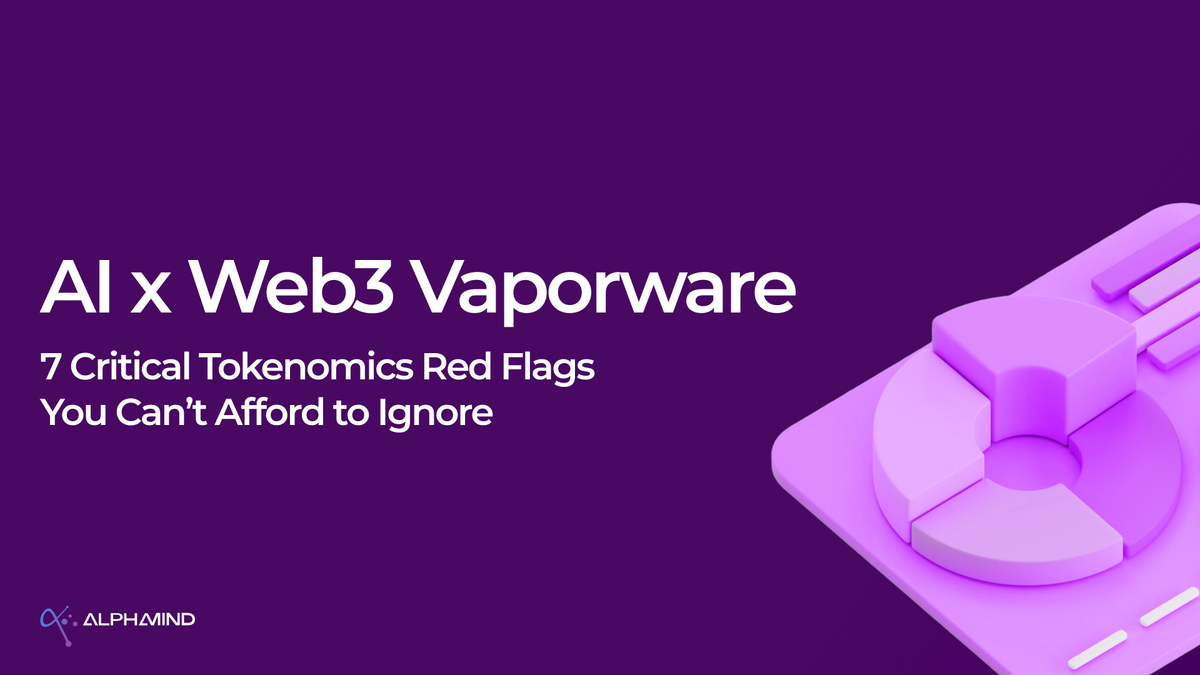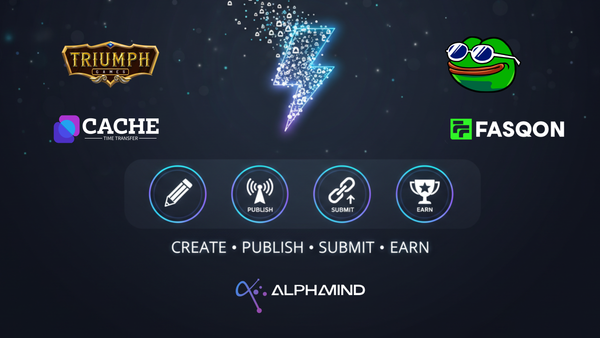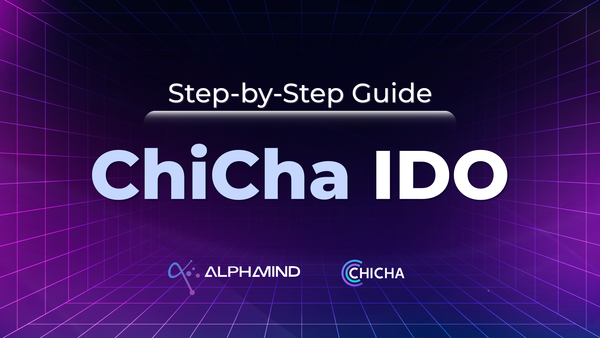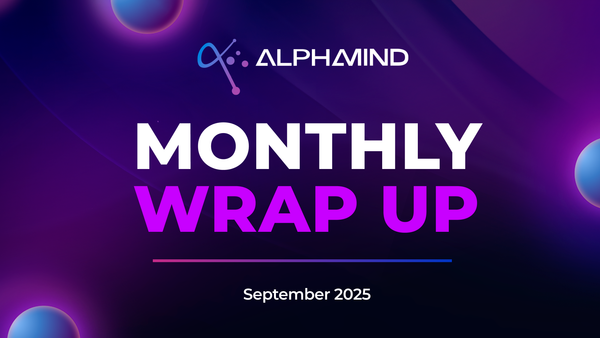AI x Web3 Vaporware: 7 Critical Tokenomics Red Flags You Can’t Afford to Ignore

Let’s get something straight: Web3 doesn’t need another flashy pitch deck. It needs real products with sustainable economic models. Yet, here we are, again, dissecting a project that wrapped an idea in AI buzzwords and a shiny token, then shipped vapor instead of value.
This isn’t a teardown. It’s a survival guide.
Here’s how to spot the tokenomics red flags before you become the exit liquidity.
1️⃣ The Illusion of Low FDV - The Real Trap
FDV is a narrative device, not a valuation.
The project in question dangled a $1.5M FDV as “retail-friendly.” But scratch the surface and reality bites: only 2% of the total supply was priced at that level.
What wasn't disclosed? Oh, just that team treasury and LP tokens were fully unlocked at TGE. Surprise! You're not buying into a low valuation, you’re buying into a cleverly disguised dump setup.
Real FDV = (liquid tokens) × (market price). Anything else is fiction.
2️⃣ Liquidity Misdirection - The Oldest Rug Trick in the Book
Here’s the math they didn’t show you:
- Raised: $300K
- LP Allocation: $225K (75%)
- Insider Token Unlocks: 1.5B tokens, fully liquid
Translation? They raised public funds for LP while giving themselves a perfect exit ramp. And the kicker? No LP lock, no DEX support commitments, no buyback policy.
Liquidity without constraints = rug-ready.
3️⃣ The One-Sided Unlock Party
Imagine this:
- Retail: 100% unlock on day one
- Privates: 50–75% unlocked at TGE or shortly after
That’s not decentralization. That’s a setup.
It means public investors take all the early risk, while private whales offload slowly into upward price action, created, ironically, by public demand.
4️⃣ The Treasury Time Bomb
Let’s talk about the buckets no one audits:
- “Marketing”
- “Ecosystem”
- “Incentives”
All unlocked at TGE. All controlled by… the team. No multisig. No DAO. No accountability.
That’s not treasury management. That’s a ghost sell wall.
5️⃣ Reactive Tokenomics, When Numbers Are Made to Fit
You asked tough questions? They revised the spreadsheet.
One version says 20% to the team. The next says 12%. Why? Because the numbers weren’t based on design, they were backsolved to match investor optics.
That’s not modeling. That’s marketing math.
6️⃣ The Token That Was Just Vibes
Here’s the plan:
- Raise on launchpad
- Funnel retail into LP
- Hype it online
- “Prove traction” with Discord noise
That’s not a token economy. That’s exit liquidity theatre.
7️⃣ The Investor Illusion, Why Bad Deals Still Get Funded
They raised $200K+ from angels.
Why? Because during hype windows:
- Narrative > Diligence
- FOMO > Fundamentals
- GPT + Web3 = “must be early!”
The result? Pitch decks raise. Products don’t.
The Founder Freeze: When Reality Walks In
The first call felt hopeful. They smiled, pitched confidently, name-dropped "AI" and "decentralization" like badges of honor.
But the moment we asked the real questions — silence.
Their pace slowed. Cameras pulled back. Their eyes didn’t show confusion; they showed offense.
As if asking about the actual product was an insult.
As if breaking down their tokenomics meant we didn’t “believe in the vision.”
They weren’t prepared for diligence. They were prepared for applause.
That’s when it clicked:
We weren’t speaking to a product team.
We were facing a narrative engine—polished, presentable, and painfully hollow.
Launchpads, Memes, and the Mirage of Vetting
Let’s not sugarcoat it.
If your due diligence process is a Google Form and a meme contest,
you’re not a launchpad.
You’re a dream factory for token rugs.
It’s time to grow up.
If you want to be the gateway to the next era of Web3,
you need to act like gatekeepers — not turnstiles.
No rules?
No scrutiny?
No accountability?
Then don’t be surprised when your platform becomes a runway for red flags.
Real Token Design Begins With These 3 Questions
Every serious builder should answer — before raising a single dollar:
- Why does this token exist?
- Who truly accrues value?
- How are incentives aligned long-term?
If the answer is “because it looks good on a slide,”
you’re not building a token economy.
You’re just cosplaying as one.
FAQs
1. What is FDV and why is it misleading?
FDV (Fully Diluted Valuation) is often used to imply value but doesn’t represent actual market cap. If only a tiny portion of tokens are circulating, it creates a misleading narrative.
2. Should liquidity always be locked?
Yes. LP without a lock lets insiders pull the plug. Always check for LP lock periods and DEX support plans.
3. What makes a token truly “utility-driven”?
Real utility includes staking, governance, payments, or access features—something that drives recurring use.
4. Why do some founders resist due diligence?
Because it exposes weaknesses. Many teams design for optics, not resilience—and that shows under scrutiny.
5. What’s the risk of full public unlock at TGE?
Retail faces maximum risk with no downside protection. Unlocks should be aligned across stakeholders.
6. How can launchpads improve investor safety?
Real DD, transparent metrics, clawback policies, and post-launch accountability systems are a must.
🔗Connect with AlphaMind

We're always here for you:





